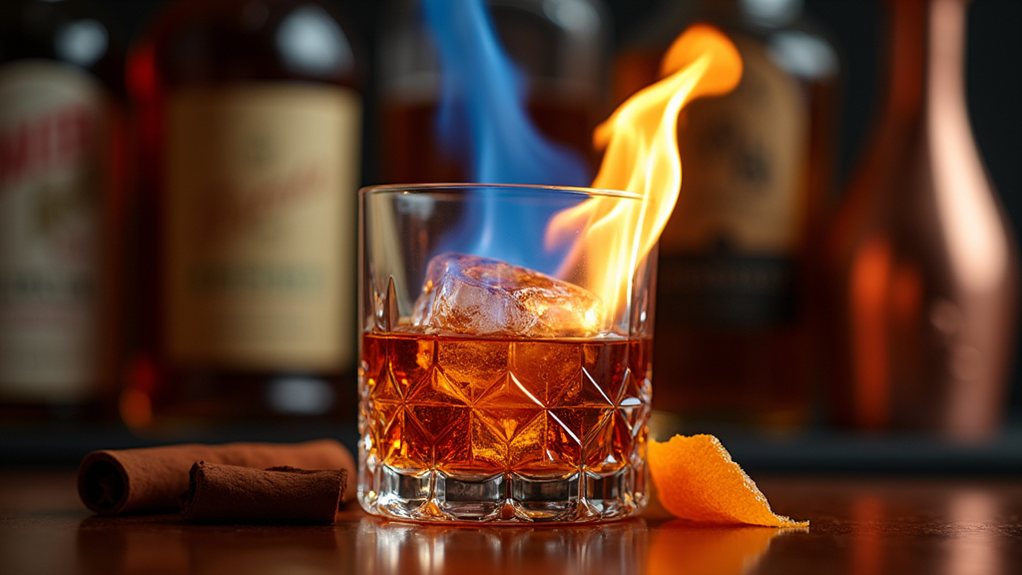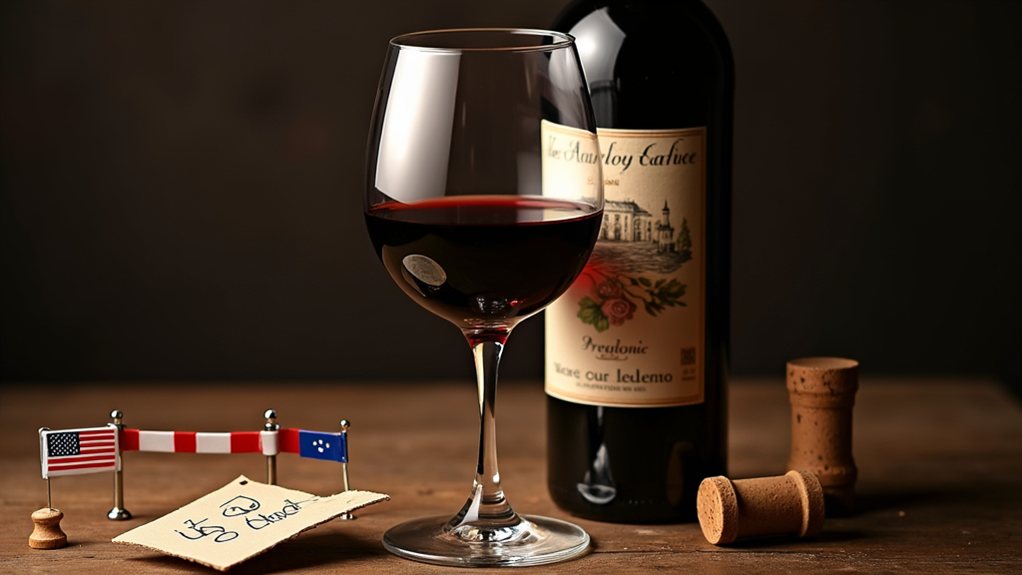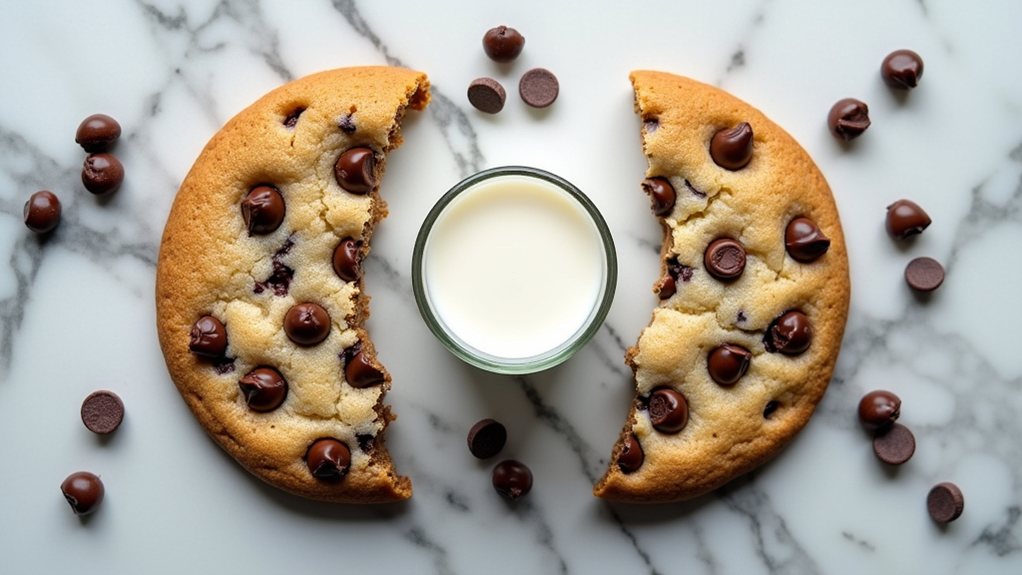Understanding Restaurant Wine Pricing: What You Need to Know
When you sit down in a restaurant and glance at the wine menu, your heart may skip a beat at the prices. The allure of a fine Cabernet Sauvignon or a crisp Chardonnay can easily clash with the sticker shock often experienced by patrons. Many diners wonder why restaurants charge so much for a glass or bottle, and whether these markups are more than just a profit-driven strategy. Let’s explore the reasons behind restaurant wine pricing and how you can enjoy a delightful glass without feeling financially pinched.
The Art and Science of Wine Pricing
The price of wine in a restaurant is influenced by various factors that extend far beyond simple greed. Firstly, a restaurant’s concept—whether fine dining or casual—plays a significant role in determining wine prices. Establishments in high-rent areas like Manhattan need to compensate for their expensive leases, while suburban eateries may have different strategies based on their clientele and overhead costs.
Moreover, expenses such as distribution fees, taxes, and labor contribute to the final menu price. When a restaurant orders wine from a distributor, it’s not just about the cost of the bottle; there are shipping and handling fees, taxes imposed by state and federal regulations, and maintenance of temperature-controlled environments to consider. All of this adds layers of expense that reflect in the menu price.
Common Markup Practices Explained
Most restaurants utilize a standard markup of 200-300% on their wine prices, but this isn’t a one-size-fits-all approach. Some establishments might apply a sliding scale where less expensive wines could face higher markups, which helps them balance their offerings. For example, a $20 bottle might be marked up to $50, while a $70 bottle could only double in price. This strategy allows patrons to find reasonably priced options while still supporting the restaurant’s financial needs.
Doreen Winkler, the founder of Orange Glou, emphasizes that restaurants are acutely aware of the need to remain competitive. If prices are set too high, customers will simply choose to enjoy their wine elsewhere, such as at a grocery store or liquor shop. Therefore, pricing strategies are carefully crafted to ensure both profitability and customer satisfaction.
Finding Value in a Sea of Options
As an avid wine enthusiast or an occasional diner, you might be eager to get your money’s worth. Here are some tips on locating reasonably priced wines while dining out.
Watch for the second-cheapest wine on the menu. Many restaurants intentionally price it higher because diners often feel reluctant to choose the least expensive option. If you can sidestep this psychological pricing tactic, you may just find a delightful wine at a more acceptable price point.
Mid-range selections often present a safer bet. These wines generally come with lower markups, allowing you to enjoy a quality drink without the hefty price tag. If the establishment offers a “house wine,” be cautious; this option may carry a significant markup, even though it’s typically sourced from a larger distributor.
Conclusion to Your Wine Quest
In navigating the world of restaurant wine pricing, it becomes clear that understanding the driving forces behind those seemingly exorbitant costs can enhance your dining experience. Armed with this knowledge, you can appreciate the complexities of the wine industry while enjoying a quality glass or two. So, the next time you find yourself browsing a wine list, remember the artistry and strategy involved in those prices—and savor your selection without the bitter aftertaste of buyer’s remorse. Cheers to making informed choices that elevate your dining experience!









